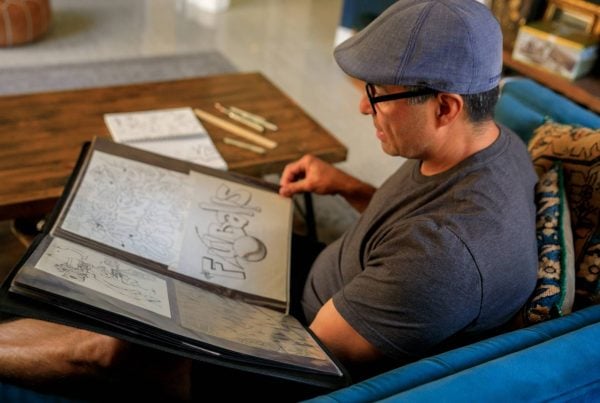Article Author – Seam Agency
Investing in art does not require you to purchase the most expensive pieces of well-known artists. There are many more affordable options in the market that are indeed worth investing in, such as those from emerging artists who have so much to offer. You can quickly browse up and coming UK artists at Seam Agency, discover art pieces that satisfy your personal preferences and start your art collection from your favourite ones. The essential thing is to know what you are investing in.
Here are steps to take when investing in art.
1. Decide on a realistic budget
The first step to take when investing in art is to decide on a realistic budget. The amount you set for your first art piece does not necessarily have to cost an arm and a leg. As mentioned earlier, there are many options available to you. Just the same, you also need to understand that artwork is not cheap either. The reason for this is that artists only earn from their work once. On the other hand, the collector can profit from the work as it appreciates. Therefore, setting the budget you are willing to shell out is important before checking out the options available to you, choosing the art piece that attracts you.
2. Research
It is not wise to visit a gallery and have no idea about the art world. It is best to research everything you can about art to learn styles, mediums, artists, etc. With the internet, you have every opportunity to learn about art, so you can have a satisfying experience when you go to art exhibits and galleries. Furthermore, you may discover specific subjects and styles that appeal to you as you study, pushing you to delve much deeper into these artworks. Research also helps you recognise originals and reproductions. Finally, the prices of different pieces vary, and you want to ensure that you are paying the right price for your purchase.
3. Follow your heart
The artwork you choose should be your personal preference. You will not have the same sense of satisfaction you get from purchasing a painting you connect to if you opt for something that only others find appealing. The current trend does not have to be something you need to follow. As always, knowledge is power, and until you know enough about the artist you want to follow, go with what makes you happy.
Investing in art carries its risks, as in any other investment. However, the love of art and being armed with adequate knowledge about the market makes it worth pursuing.
Image Source: https://canvas.saatchiart.com/art/art-news/7-essential-steps-to-collecting-emerging-art







